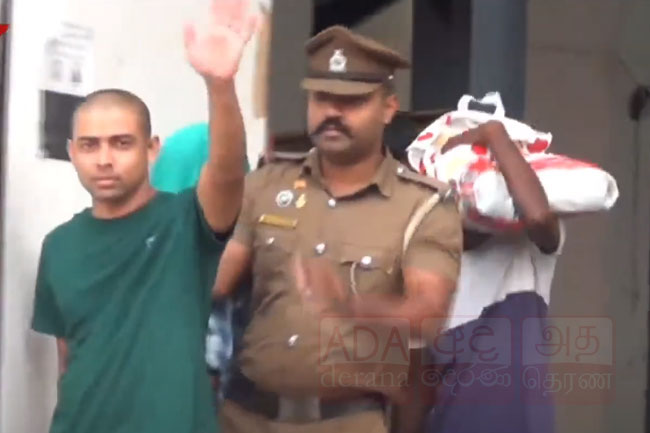Darini Rajasingham-Senanayake
With the wisdom of hindsight, the Root Causes of Sri Lanka’s first Sovereign Default, staged three years ago on the eve of 75 years of ‘Independence’ from the British Raj are clearly discernible.
Back in March 2021 when the default happened there was too much Aragalaya hype and confusion to discern the deep structures, transnational financial networks, and vested interests (including members of the Lankan Diaspora) embedded in the debt pile up:
Amid protests at the soaring cost of living, the claim was that Sri Lanka, South Asia’s wealthiest country with the best human and social development indicators in the region was bankrupt” because it lacked exorbitantly privileged US dollars to buy food and fuel. This was after the shadowy off-shore Hamilton Reserve Bank had filed a case in the New York courts against the country for non-payment of a small amount of interest owned.
The Default in the geostrategic Indian Ocean Island was staged just in time for the International Monetary Fund (IMF) and World Bank’s Spring Meetings in Washington DC where Sri Lanka because the posterchild for 56 other Global South countries, also caught in post-Covid-19 Eurobond debt traps as Cold War tensions escalated between the West and China that is often accused of debt-trapping countries because of its Belt and Road Initiative (BRI).
As the World Bank had named Sri Lanka an Upper Middle Income Country (MIC) compelling borrowing from private Eurobond capital markets that charge predatory interest rates, the country appeared to have been pumped and dumped” into an MIC debt trap. This in the wake of a series of hybrid economic war style exogenous shocks to make the economy scream”, such as, the mysterious Islamic State (ISIS) , claimed terror attacks in 2019 followed by two years of brutal Covid-19 lockdowns.
Sri Lanka’s first and one hopes only Default after 74 years of independence” has clearly enabled the Washington Consensus (IMF and WB) to take control of the of the strategic island’s economic sovereignty and national policy autonomy, in the name of external ‘debt restructuring’. Meanwhile the IMF’s external debt restructuring rapidly crept into domestic debt conflating and compounding a debt data numbers game even as the IMF also claims to be deeply concerned about good governance, democracy and its seems elections in Sri Lanka.
Money Politics or Bondscams for Elections?
At the conclusion of the International Monetary Fund (IMF) Staff Visit to Sri Lanka last month, Mission Chief, Peter Breuer noted: Sri Lanka is showing first signs of recovery as it finds itself in an election year, and therefore, what happens before the elections as well as after them will be crucial for the economic recovery”.[1]
Today as Sri Lanka marks 76 years of purported ‘Independence” amid renewed Eurobond US dollar debt colonization, with an IMF Firesale of Strategic national assets including coastal and highland land, energy, transport and telecom infrastructure, ongoing, some fundamental questions arise about the role of the IMF and its debt restructuring operations: Of particular concern is the lack of transparency regarding the names of Sri Lanka’s Sovereign Bond holders, past and present, particularly in the context of previous Central Bank bond scams in 2015 seemingly also to fund elections and Ranil Wickramasinghe’s United National Party’s electoral campaigns.
Elections are a time of ‘Bread and Circuses” or handouts and religious pageantry for the masses, with bond scams to buy votes for the political and business elites who dish out freebies for votes, inceasingly. With elections scheduled for later this year the bankrupt” Ranil Rajapakse regime recently asked the United Nations (UN) for help to fund Vesak Celebrations (Buddhist celebrations), in May seemingly taking a cue from Indian Prime Minister Modi’s Ram Temple extravaganza in ahead of election to be held later this year.
During the 2015 Central Bank bond scam members of the ruling United National Party and related political and business elites benefit handsomely from the sovereign bond debt to the county.
Breuer also noted During our visit, we listened to political parties, their perspectives and angles of their economic policy perspectives. So, of course, what takes place in Sri Lanka in the run up to the elections and afterwards will have an impact on the country’s recovery and growth path and how it extricates itself from the ongoing crisis,” he said.
The strong expectation, Breuer noted, is the Sri Lanka would reach a deal with its commercial Eurobond creditors by the next IMF review on Sri Lanka.
Pre-Election Bondscams at the Central Bank in 2015
While the IMF and its advisors have shown great interest in Sri Lanka’s election outcomes governance and corruption reduction, there was no mention of the fact that back in 2015 ahead of Presidential and General Elections two bond scams were conducted at the Central Bank of Sri Lanka (CBSL), which was then headed by Singapore citizen Arjuna Mahendran, appointed by then Prime Minister Ranil Rajapakse, now President. They were advised and in thrall of the Washington Consensus and related advisors and Economic Hit men.
The 2015 CBSL bondscams took place at a time when the U.S. Millennium Challenge Corporation (MCC), Compact was co-incidentally being prepared, along with the Special Operations Forces Agreement (SOFA), while Ranil Wickreamsinghe a.k.a Ranil Rajapakse was in power.
Both agreements were however, later rejected by the people of Sri Lanka and the then President Sirisena, fearful of the possibility of US boots on the ground and military bases in the strategic Indian Ocean island back in 2019. This of course necessitated a regime change operation and voila the mysterious hybrid economic war style ISIS claimed Easter Sunday attacks were manifest to ‘Make the Economy Scream’!
Once the Bond scam fraud at the country’s highest financial institution, CBSL. was exposed the Forensic Audit Report by international firms that investigated the bond scams which could have ensured accountability and revealed the names of the Bond Holders who benefited from the primary placement scam were buried by the new CBSL governor — Dr. Indrajit Coomaraswarmy.
Had the culprits of the 2015 CBSL Bond scam at the CBSL been identified and held accountable it is likely that Sri Lanka would not have ended up in a Eurobond debt trap and Default in 2021, which has enabled the IMF to effectively dictate economic policy to the hapless and beggared citizens whose currency crashed with the Default. Coomaraswarmy continues to provide IMF advice to the GoSL regarding its Debt Servicing, enabling IMF mission creep into domestic debt restructuring as well.
The final blow to any investigation into the CBSL bondscams of 2015 was the mysterious assassination a little over a year ago of the primary witness in the court case, Mr. Dinesh Shaffter in broad daylight in Colombo. So much for accountability and good financial Governance!
The Million Dollar Question: A Ten Year Moratorium on Commercial Borrowing
The million-dollar question at this time is will the bankrupt Ranil Rajapakse regime form a bipartisan or multi-partisan pact to borrow from the same predatory private market bond traders that caused the Default in the first instance, in order to fund elections this year as part of its IMF debt restructuring deal with commercial creditors?
The IMF’s debt restructuring operations are conducted in tandem with the colonial Club de Paris that represents Eurobond traders that charge predatory interest rates, along with selected firms like Lazaad, Clifford and Chance that have a long history of deal making sans transparency, and debt trapping developing countries through local-global networks of financial corruption and insider trading as happened during the Bond scams at the Central Bank of Sri Lanka (CBSL), also with elite members of the SL Diaspora in 2015.
While some discerning civil society organizations and academics have called for a ten (10) year moratorium and eventual ban on borrowing from ALL private Eurobond creditors as they charge predatory interest rates, the largest being BlackRock (fronted by Adani in South Asia), will the politicians form a pact to borrow from these Eurobond markets in the name of Democracy” and elections – turning vice into virtue or what some political scientist my call money politics” and corruption rackets?
In other words, would the bankrupt Ranil Rajapakse regime with so many bond scams to their credit persuade the opposition parties to have recourse to borrowing from the same private market, Eurobond traders that caused the 2021 Sovereign Default in order to fund their election campaigns and the elections? Would not such an attempt amount to bi- or multi-partisan corruption racket in a devil’s bargain for electoral ‘democracy’ among the various political parties anxiously jostling for power?
Would the ends (elections) justify the means (more borrowing from predatory commercial lenders to heap more debt on the people with a second default soon), in the name of electoral democracy? Such an outcome may even legitimate and justify stashing away some derivatives in off-shore banks listed in the Panama Papers! The IMF and its gravy train of advisors and economic hit men are well known for making hard bargains!
Cui Bono or Who benefits from Bond scams?
Sri Lanka’s first ever sovereign default in 2021 triggered rapid rupee depreciation against the exorbitantly privileged US dollar and instantly impoverished the working people, but enabled international creditors, Eurobond traders, and related financial networks represented by the colonial Club de Paris and the International Monetary Fund that had already made a killing with predatory interest rates, to effectively take over the peoples’ economic sovereignty and national policy autonomy in the name of debt restructuring”.
Since the 2021 Default there have been endless talks and numbers games played around the volume and quantum of haircuts” to be dished out among various creditors amid talk of parity of treatment for creditors, but few outcomes that benefit the people.
With the wisdom of hindsight and the statement of 183 International Economists and development experts released in January 2022 (available at the Debt Justice, UK website), it is now quite clear that Sovereign Bond Commercial creditors that charge predatory interest in partnership with local and Sri Lanka Diaspora networks of elite political, business and financial corruption were the principal beneficiaries and root cause, of and for the country’s first ever Sovereign Debt Default in 2021.
After all, the Default was caused by recent borrowing from private markets and bond traders, the largest being BlackRock, with Norway’s Sovereign Wealth fund a close second. While though out its 75 years of independence” Sri Lanka had borrowed for development work, the country was able to pay back because the loans were from bilateral or multilateral lenders at concessionary rates.
It was once the World Bank upgraded the county to an MIC and forced it to borrow form private Eurobond markets during times of exogenous crisis that debt mounted and the country cast into an MIC debt tra[
The million-dollar question at this time is: would the IMF’s contribution to debt restructuring, democracy and good governance, entail forcing Sri Lanka to again borrow from predatory private markets in order to hold elections this year despite the history of bond scams? And if so, would these be Green and Pink Washed Environmental, Social and Governance (ESG) Bonds?
[1] https://island.lk/imf-what-happens-now-and-after-elections-will-be-crucial-for-sri-lanka/
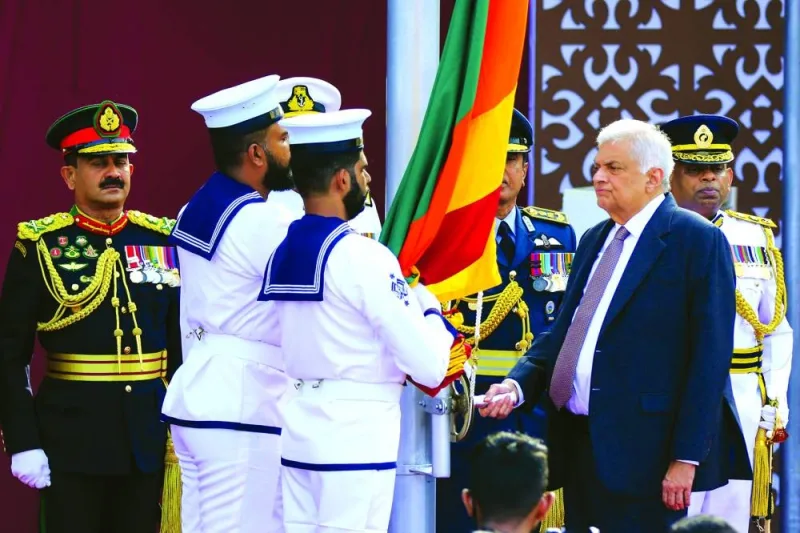
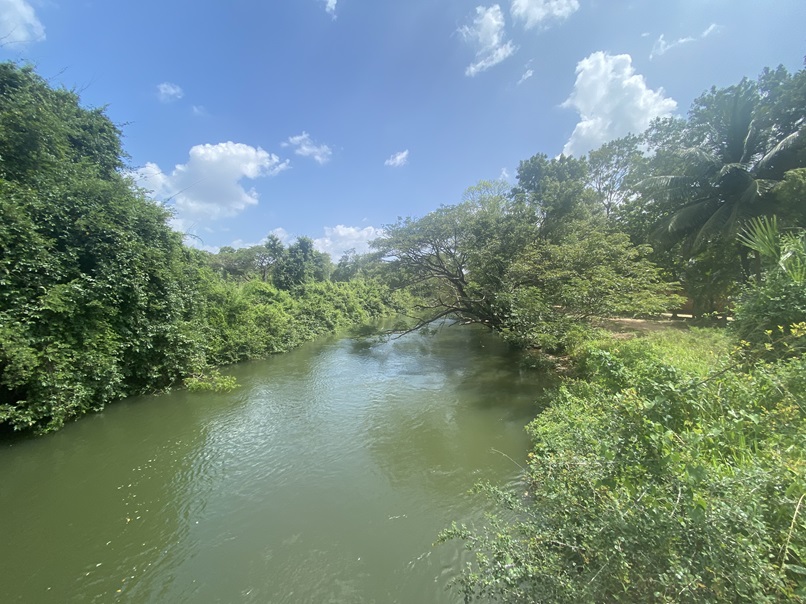
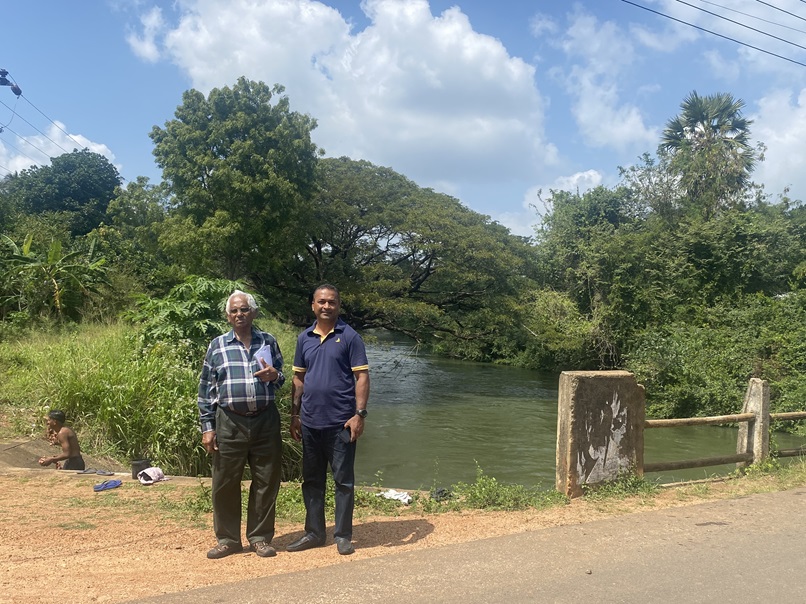

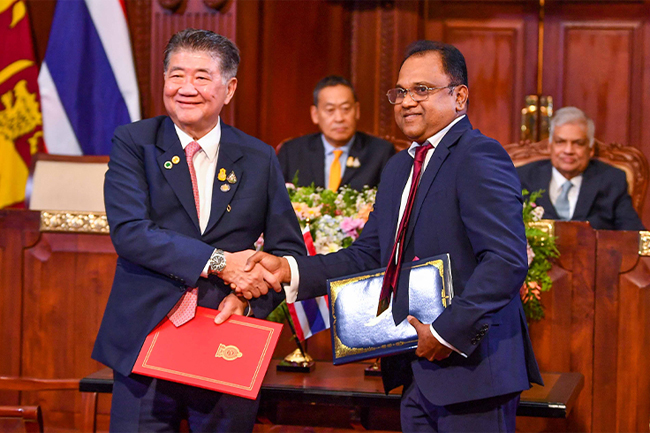


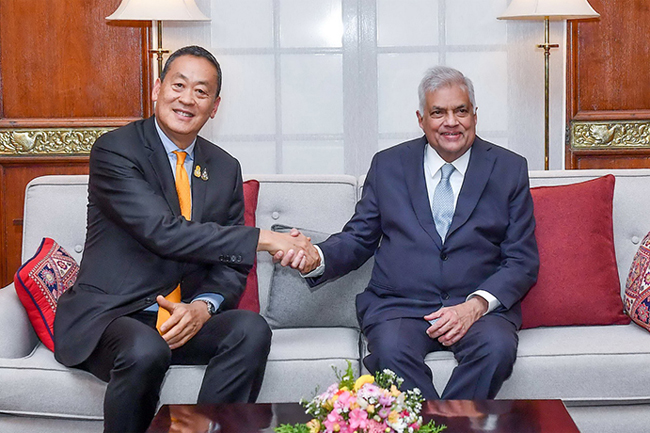








 Foreign ministers from the EU, Indo-Pacific and ASEAN countries meet in Brussels on Feb. 2. © Reuters
Foreign ministers from the EU, Indo-Pacific and ASEAN countries meet in Brussels on Feb. 2. © Reuters